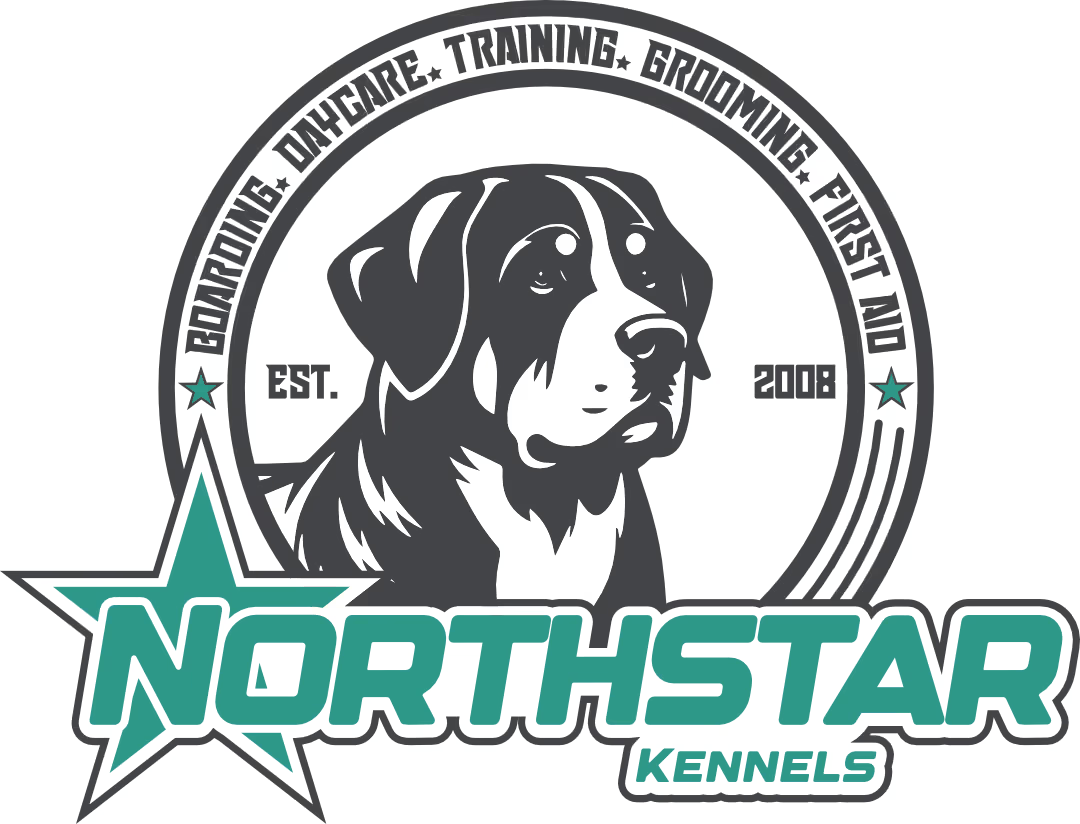Introduction
Pet owners experience the same level of anxiety when lodging their pets in kennels just as their animals do. When planning any time away from your dog, where they must stay at the kennel you need to learn proper prep methods to achieve a positive outcome for everyone who needs to board them. In this complete guide we will present the complete knowledge base regarding dog anxiety management before and during the boarding period.
Understanding Kennel Anxiety
The recognition of dog kennel anxiety signs must precede any proposed solutions. The majority of dogs develop anxiety while they are away from their loved ones and placed in unknown surroundings. The following indications show up most commonly when dogs experience kennel anxiety:
The symptoms of kennel anxiety in dogs include high-pitched vocalizations while barking, persistent pacing of the floors, increased drool combined with reduced food intake, damaging behaviors, attempts to break free from their enclosure and irregular bathroom activities. Beyond obvious signs of kennel anxiety, dogs may demonstrate less obvious indications including lip licking combined with yawning behaviors plus the tendency to look away from people. The identification of these signals enables owners to prepare their pets more effectively for a boarding period.
Preparation Begins at Home
A positive kennel stay experience depends on making advance preparations before leaving your dog at the facility. The preparation of your pet for the kennel stay starts weeks beforehand by following this process:
Socialization and Exposure
Begin early exposure of your dog to both animals and humans. Exposure to various environments together with distinct sound exposures enables pets to become more confident. Brief travels to various places should be a part of your pet’s preparation for new experiences in gradual amounts. The socialization process builds their ability to adjust both mentally and physically when experiencing new environments thus lowering their anxiety.
Practice Short Separations
This process starts with only short separations that then extend to longer durations. Your dog will understand that your departures always end with your eventual return. Begin your practice by spending only a short period then extend the time to multiple hours. Your dog gets emotional signals from the way you act through your practice sessions so remain composed.
Create Positive Associations
Create a content environment around the crate or carrier that your dog finds pleasing. Incorporate their beloved possessions such as toys along with treats and bedding. Proceed by placing their food bowl close to the crate before moving it progressively into the crate area. The positive experiences with confined spaces within the crate will help dogs build good associations for the future kennel experience.
Choosing the Right Kennel
The choice of facility impacts your dog’s comfort when you entrust them to another establishment. These elements require evaluation while choosing boarding kennel facilities.
Facility Features
You should pick areas which are clean and can maintain proper ventilation as well as temperature management. A top-quality kennel design features separate areas for dogs to spend time alone when they want to stay away from others. The outdoor regions must be restrained and monitored. Pet owners should share details about their regular routine since structures in daily routines help dogs stay calmer.
Staff Qualifications
Every staff member needs proficiency in understanding dog behaviors and knowing what signs indicate stress. Learn about their education practices and their surgical method when dealing with anxious dogs. Established facilities should have systematic procedures for managing dog stress together with reporting systems to inform clients about serious incidents.
Visit Before Boarding
Prior to reservation scheduling an inspection of the facility is essential. Day care services at kennels enable dogs to spend time at the premises during daytime hours. Staff members get to know the facility and its personnel through short visits without having to bear the responsibilities of an overnight stay.
Preparing for Drop-Off Day
The first day your dog stays at the kennel determines how their time there will go. Follow these steps to create a positive drop-off experience.
Pack Familiar Items
- Include items with your regular scent when you bring home goods to your dog.
- Their regular bed or blanket
- Settle on toy items that your dog likes but also resist bringing breakable things.
- Their usual food and treats
- An unwashed t-shirt or pillowcase with your scent
Maintain Your Routine
Maintain your normal morning habits with your dog while bringing them into the kennel. Rapidly changing your daily schedule makes your dog anxious. Give meals at their normal times but design the eating schedule to complete digestion before pickup.
The Goodbye Process
End your visit with a positive farewell that remains short. Not ending drop-off time positively stresses out your dog. Stay positive and matter-of-fact. Staff members know how to guide dogs through owner departures.
Additional Anxiety-Reducing Strategies
To ease your dog’s anxiety use these extra methods alongside other treatments.
Natural Calming Aids
- Numerous natural remedies exist to decrease anxiety levels.
- Many dogs experience reduced anxiety from wearing standard thunder shirts that give comforting mild pressure.
- Products with pheromones that emit soothing signals to your pet.
- Your vet should approve giving your dog chamomile or L-theanine based calming treats.
Exercise Before Drop-Off
A worn-out dog shows decreased excitement levels. Schedule extended physical activities for both the day before and day of leaving your dog at the facility. Exercise helps use up energy while creating a feeling of relaxation. Engage your pet in light activity only since over-exertion strains their energy.
Professional Support
Before boarding your dog consult your veterinarian if they suffer from severe anxiety. They might recommend:
- Anti-anxiety medications for severe cases
- Professional training to build confidence
- Other options of boarding such as in-home pet sitting.
During the Stay
Your dog’s comfort at the kennel will benefit from these particular strategies:
Regular Check-Ins
Current kennel facilities allow both photo updates along with video calls for their guests. Your temptation to check in often should be moderated through daily check-ins to protect your dog from experiencing routine disruption.
Consistent Communication
Submit to the kennel a thorough description about the behaviors your dog displays in its daily life and also include information about medical problems and its behavioral causes. Staff members receive better outcomes from their patients through effective communication methods.
Emergency Contact Information
The kennel needs to have several phone numbers available for you and access to your vet personnel. The knowledge of having prepared arrangements brings peace of mind to owners which positively impacts their dogs indirectly.
After the Stay
While you retrieve your dog from boarding the educational process remains ongoing. Each time you board your dog, utilize the experience to learn how to improve the next one.
Evaluate the Experience
Take time to identify both the aspects that succeeded along with those that did not succeed. Did a few specific house items appear to comfort your dog? The anxiety-reduction approaches you implemented during the session made your dog show signs of relaxation. Your knowledge of this experience will guide your future preparations for staying at boarding facilities.
Maintain Relationships
Seek bookings again with both the facility and the staff companions where your dog had comfortable stays. Your familiarity with the situation will help minimize future anxiety during hotel visits.
Continue Training
You should continue developing your dog’s independence skills between each time you board him at a kennel facility. Practice sessions regularly will help your dog build on their achieved improvements.
Conclusion
While kennel anxiety is common, it doesn’t have to be debilitating for your dog. With proper preparation, the right facility, and appropriate anxiety-management techniques, your dog can have a positive boarding experience. Remember that each dog is unique – what works for one might not work for another. Be patient and willing to adjust your approach based on your pet’s individual needs.
The key is starting preparation well in advance and remaining consistent in your approach. By following these guidelines and paying attention to your dog’s specific needs, you can help them develop the confidence and resilience needed for successful kennel stays.


